Playing Melodies, Licks, Riffs, Motifs, and Single Note Lines by ear is all about getting your ear to recognize intervals and train the fingers to follow your inner ear and play these melodies on demand.
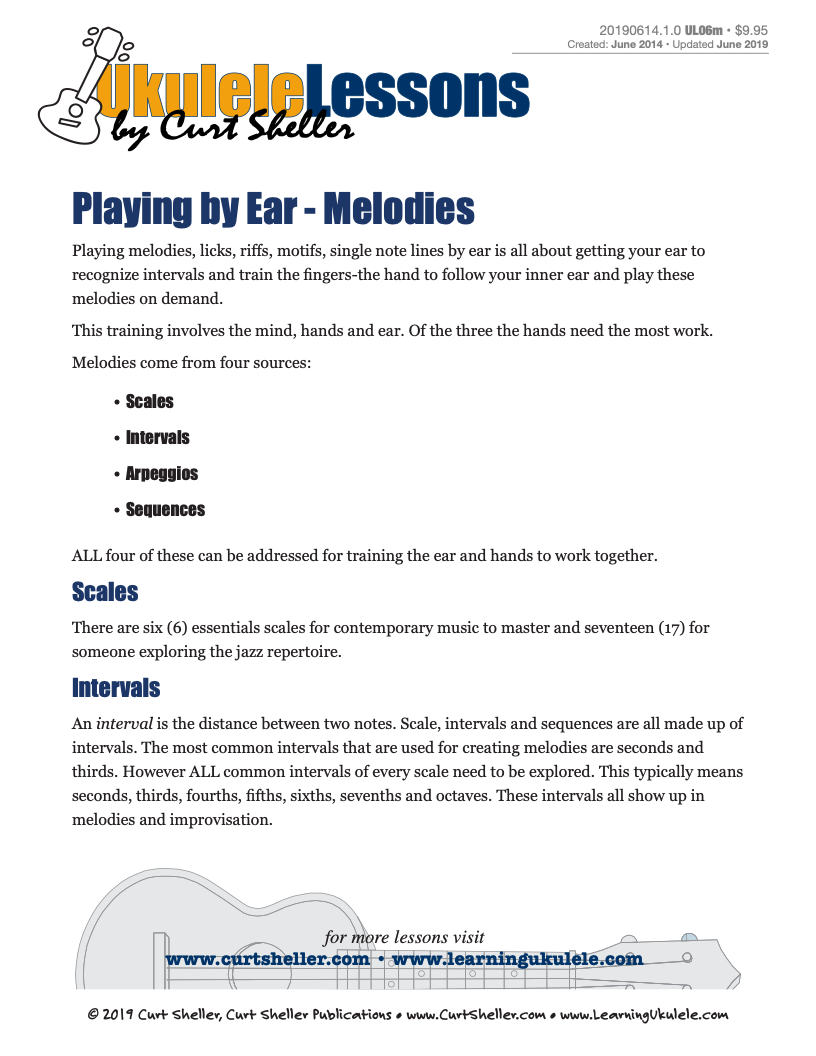
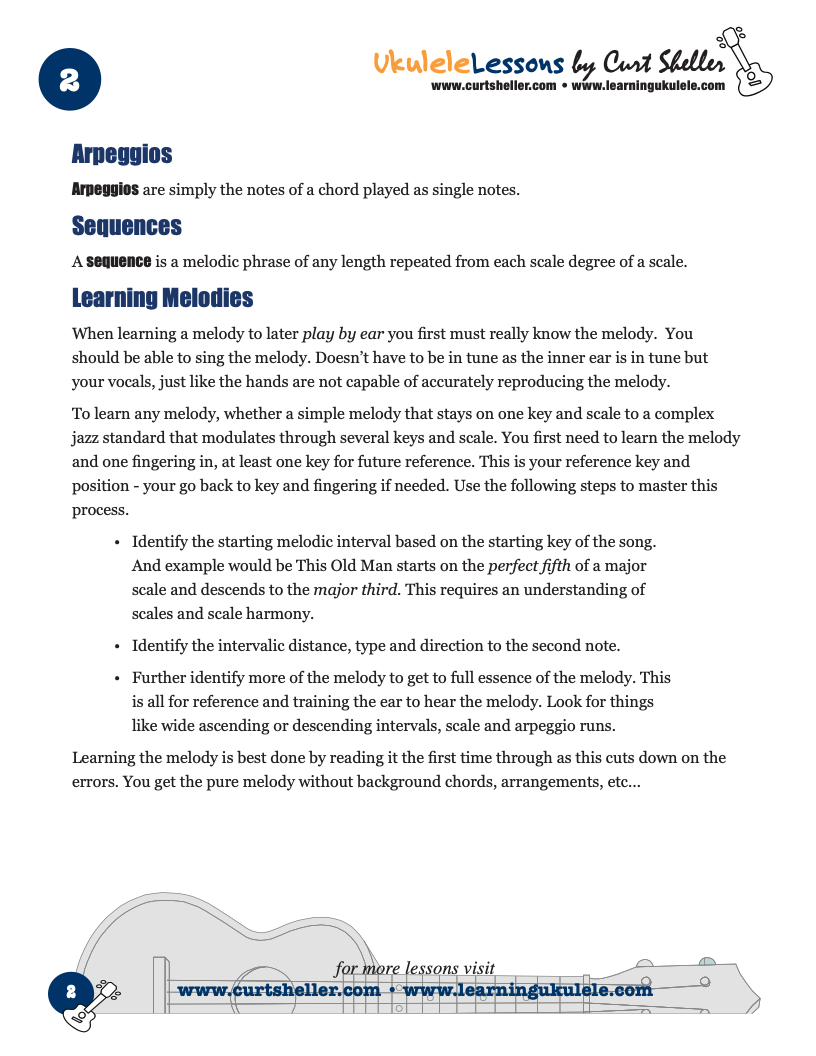
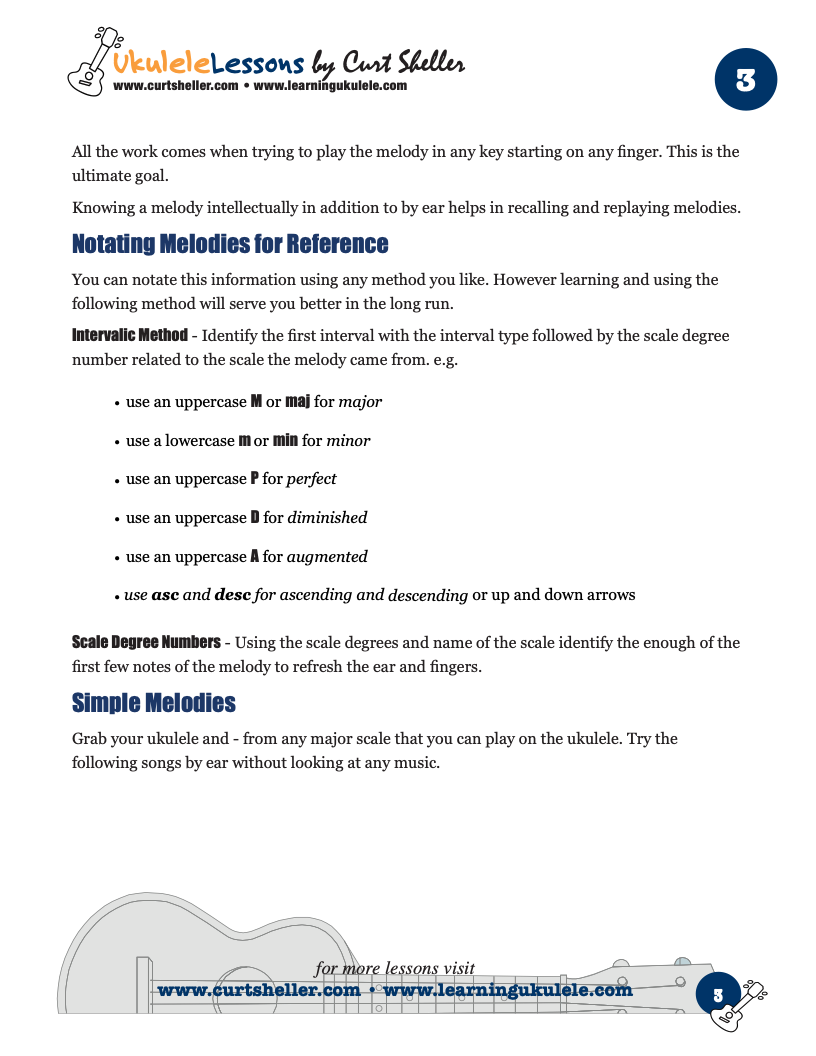
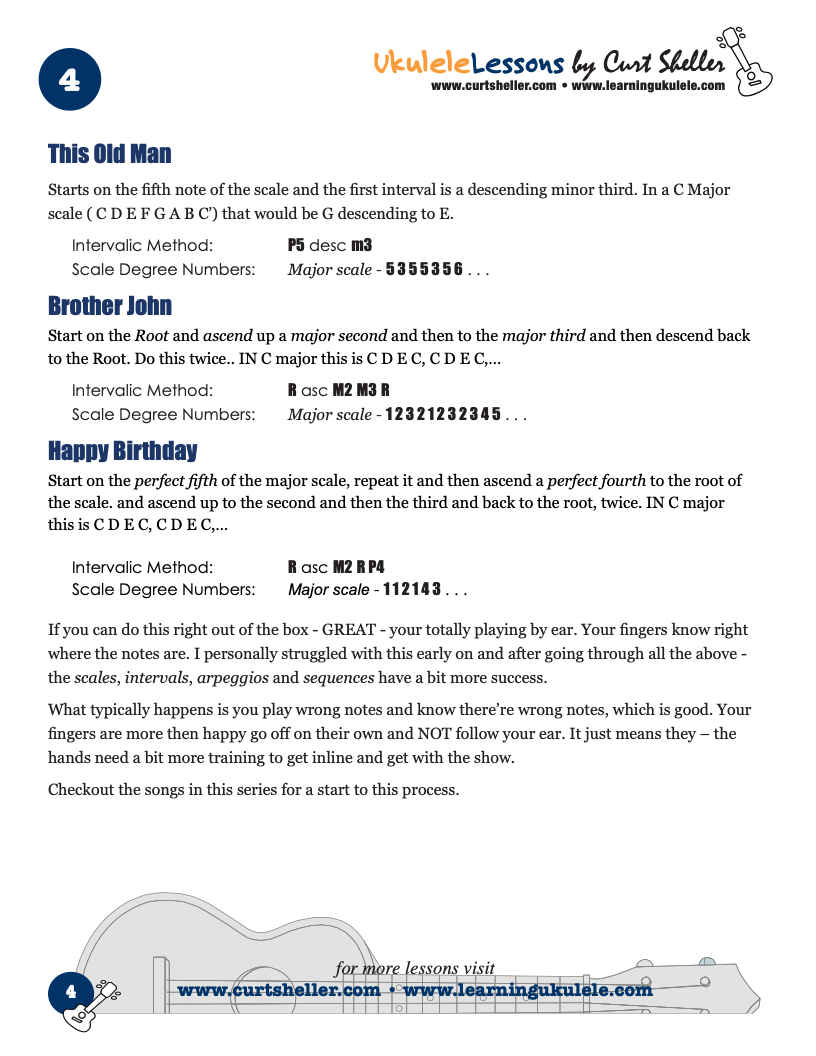
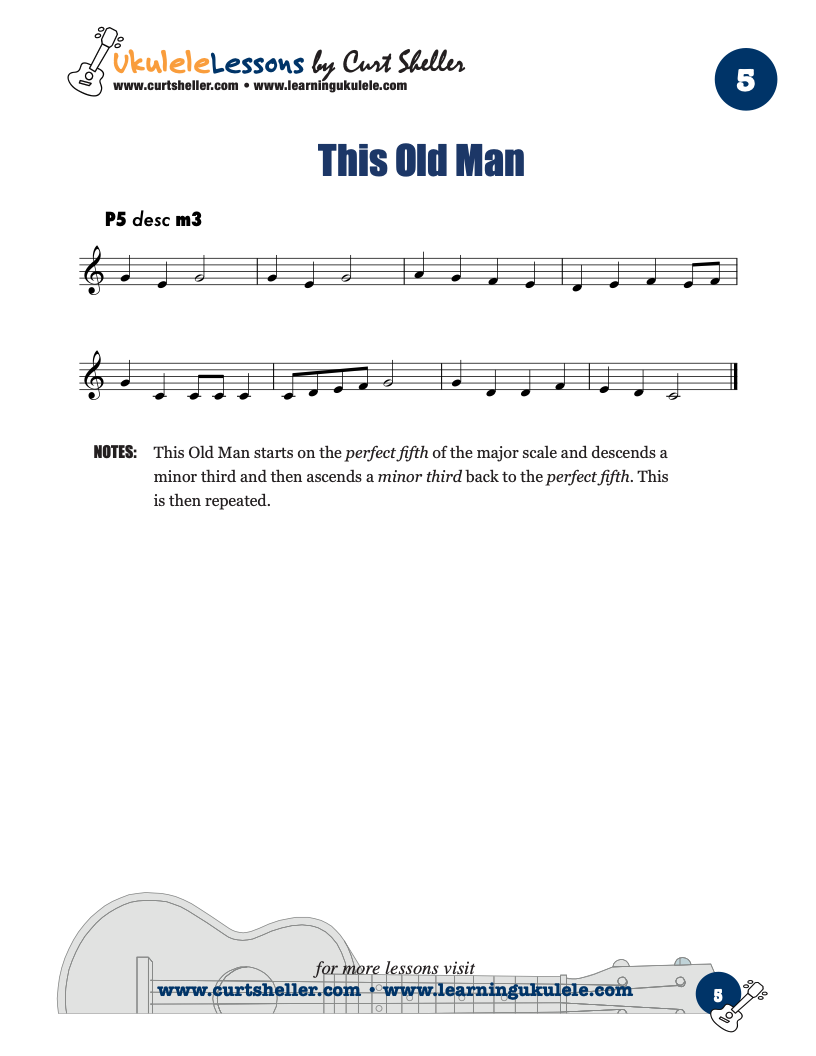
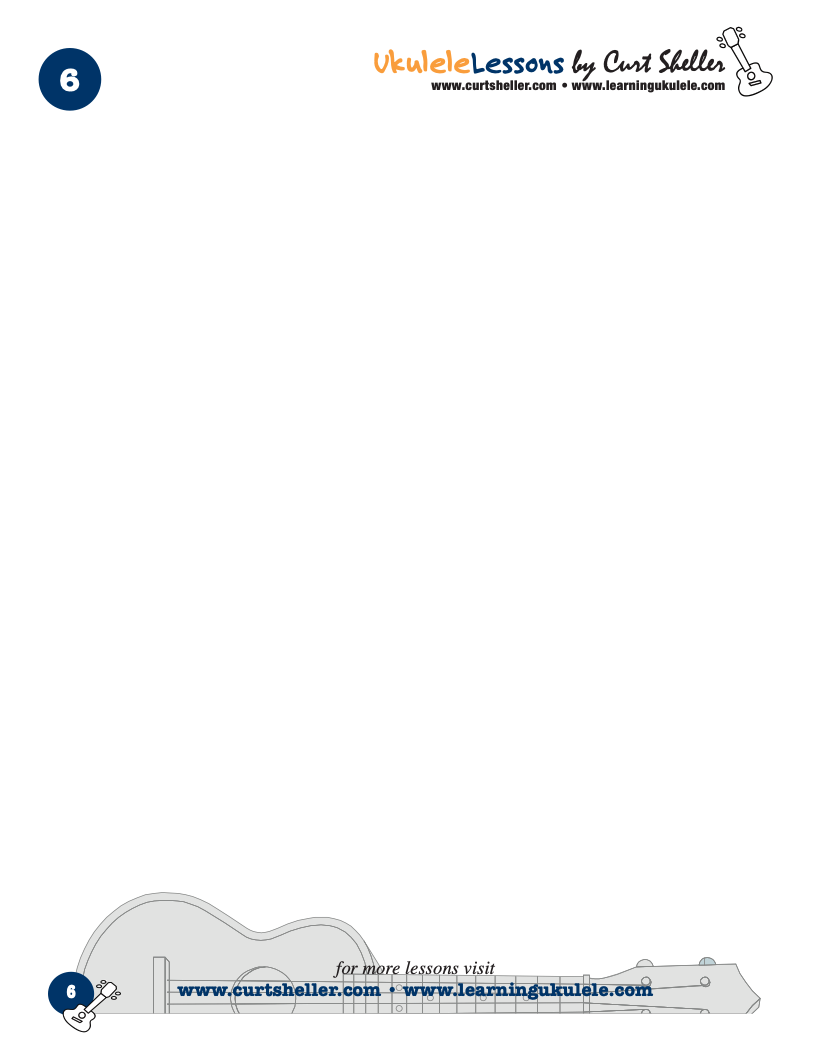






Playing Melodies, Licks, Riffs, Motifs, and Single Note Lines by ear is all about getting your ear to recognize intervals and train the fingers to follow your inner ear and play these melodies on demand.
Available for Premium Site Access Plans Only
- Scales
- Intervals
- Arpeggios
- Sequences
Scales
Majorscales.
Intervals
Playing Melodies, Licks, Riffs, Motifs, and Single Note Lines by ear is all about getting your ear to recognize intervals and train the fingers to follow your inner ear and play these melodies on demand.
Available for Premium Site Access Plans Only
- Scales
- Intervals
- Arpeggios
- Sequences
Scales
Majorscales.
Intervals
Playing by Ear - Melodies
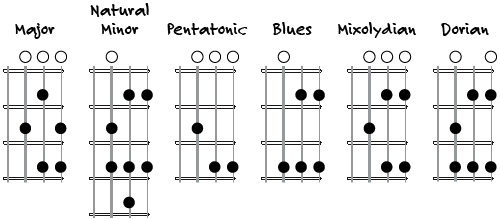

Use the audio to compare the sounds of the individual scales.

Use the audio to compare the sounds of the individual scales.

Use the audio to compare the sounds of the individual scales.

Use the audio to compare the sounds of the individual scales.

Use the audio to compare the sounds of the individual scales.

Use the audio to compare the sounds of the individual scales.
- Blues (Minor Pentatonic)
- Pentatonic (Major Pentatonic)
- Dorian (Minor)
- Mixolydian (Dominant)
- Aeolian (Natural Minor)
- Ionian (Major)
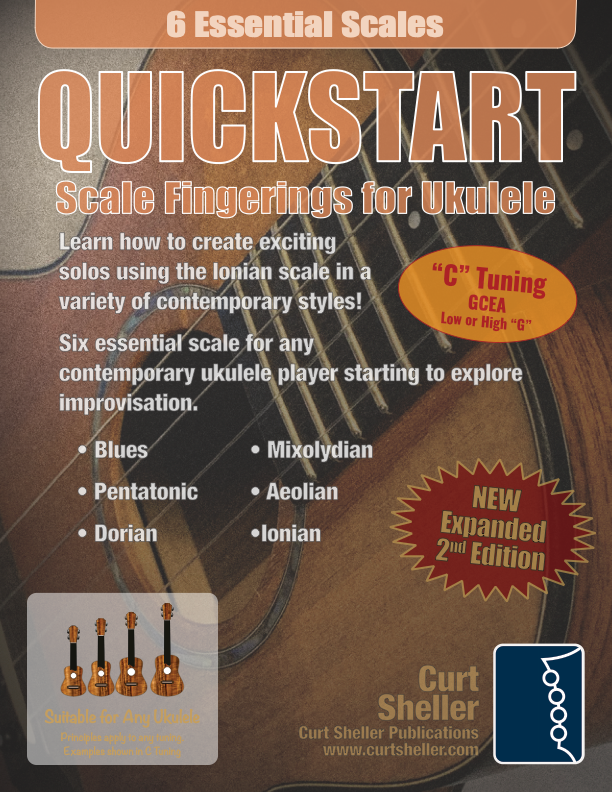
C, G, and D tuning. (QuickStart Scale Fingerings for Ukulele )
- Blues (Minor Pentatonic)
- Pentatonic (Major Pentatonic)
- Dorian (Minor)
- Mixolydian (Dominant)
- Aeolian (Natural Minor)
- Ionian (Major)

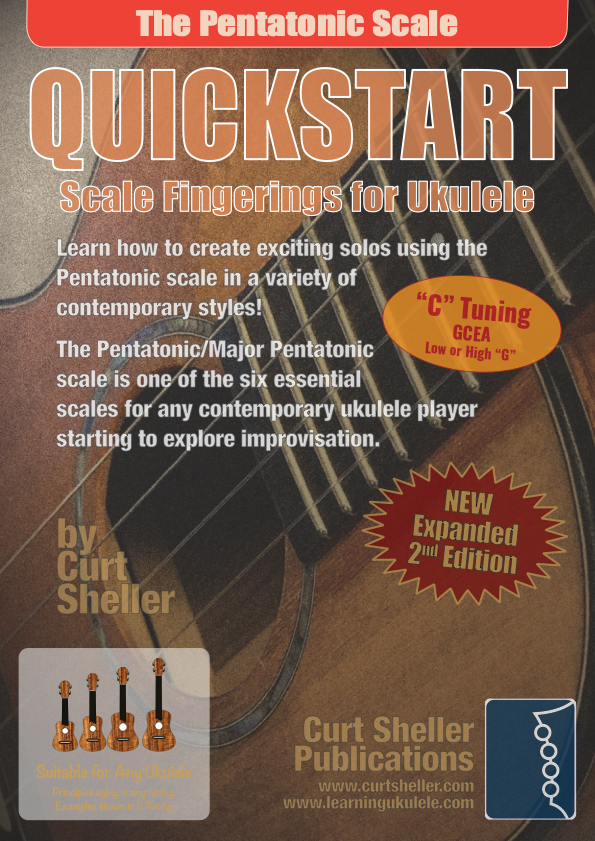
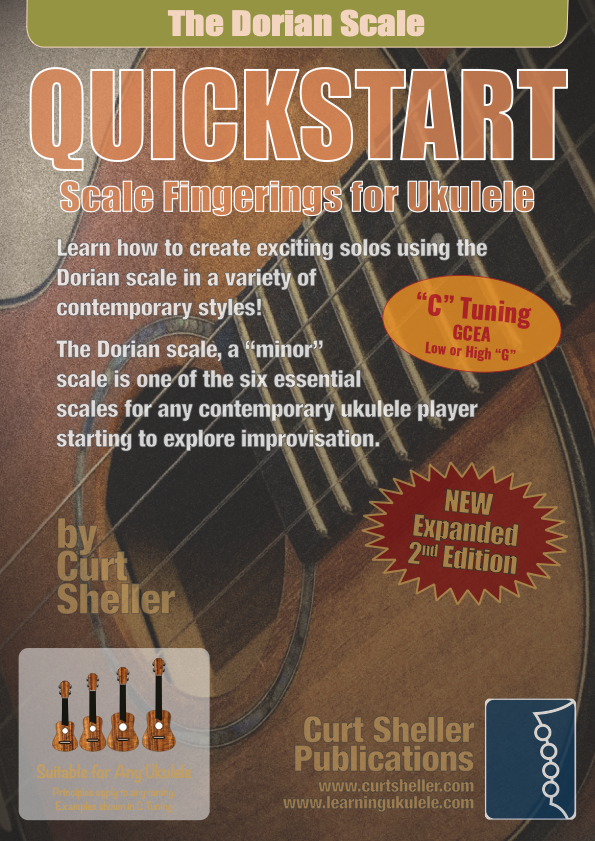
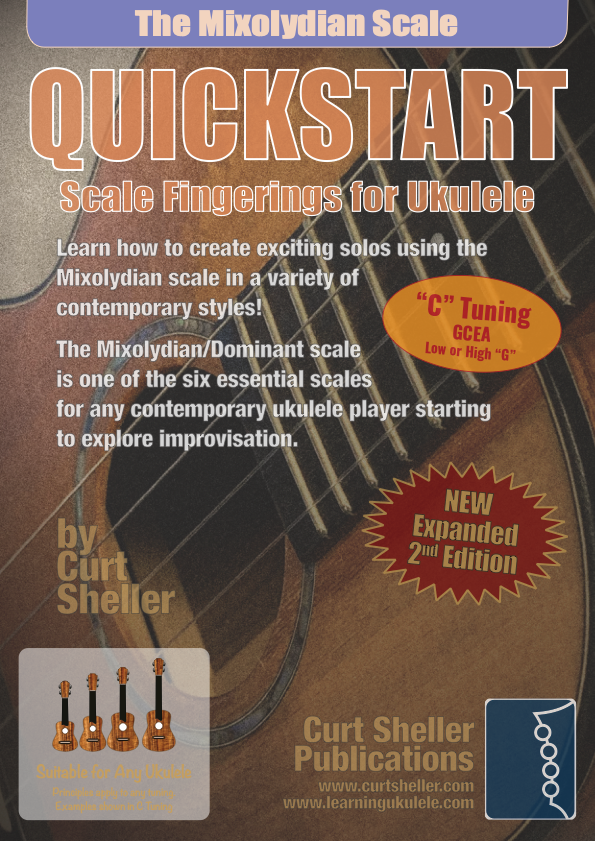
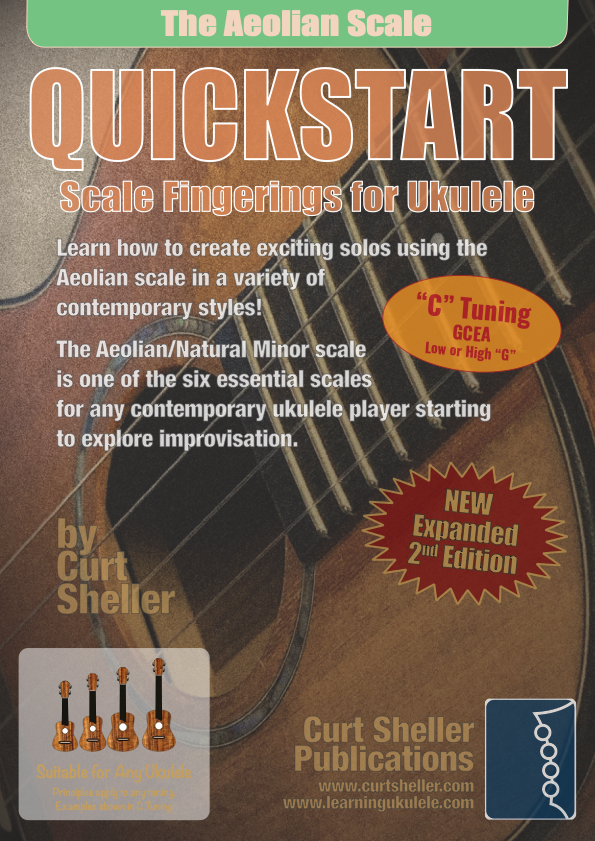
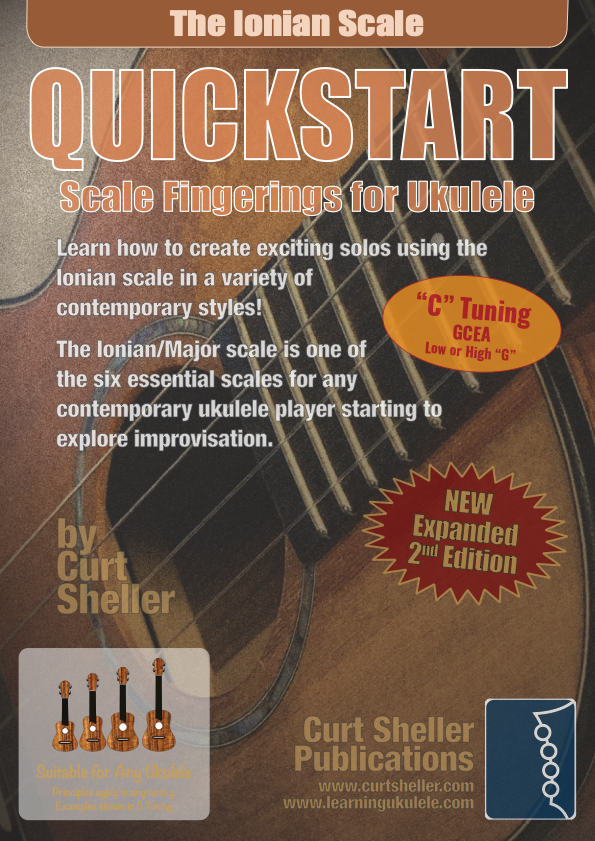
Related Lessons, Videos, Lesson Series, Songs, Books & Reference Charts, Resources & Assets, Workshops are below.
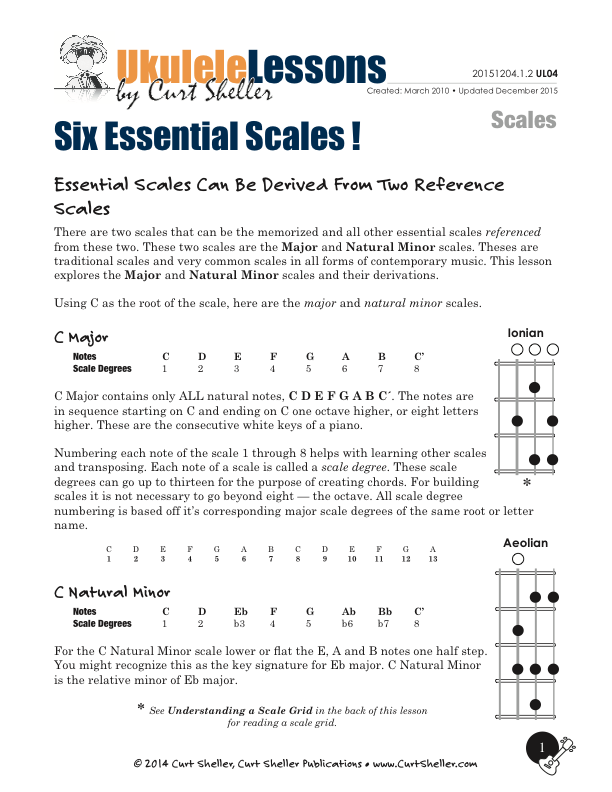
The six essential scales are: Blues Major Pentatonic Mixolydian Dorian Aeolian and Ionian From the six essential scales, you can get through a wide variety of traditional and contemporary music. A scale is simply a collection of pitches or notes, not really a "this is a Jazz scale", "this is a Blues" or "this is a Rock scale". It's how a scale is used that really matters not its name.

Most players struggle with learning the names of the notes of the ukulele fingerboard. There doesn't seem to a pattern and notes repeat. There is an easy way and "it's easier that you think." Most players know the names of the open strings for their favorite tuning.
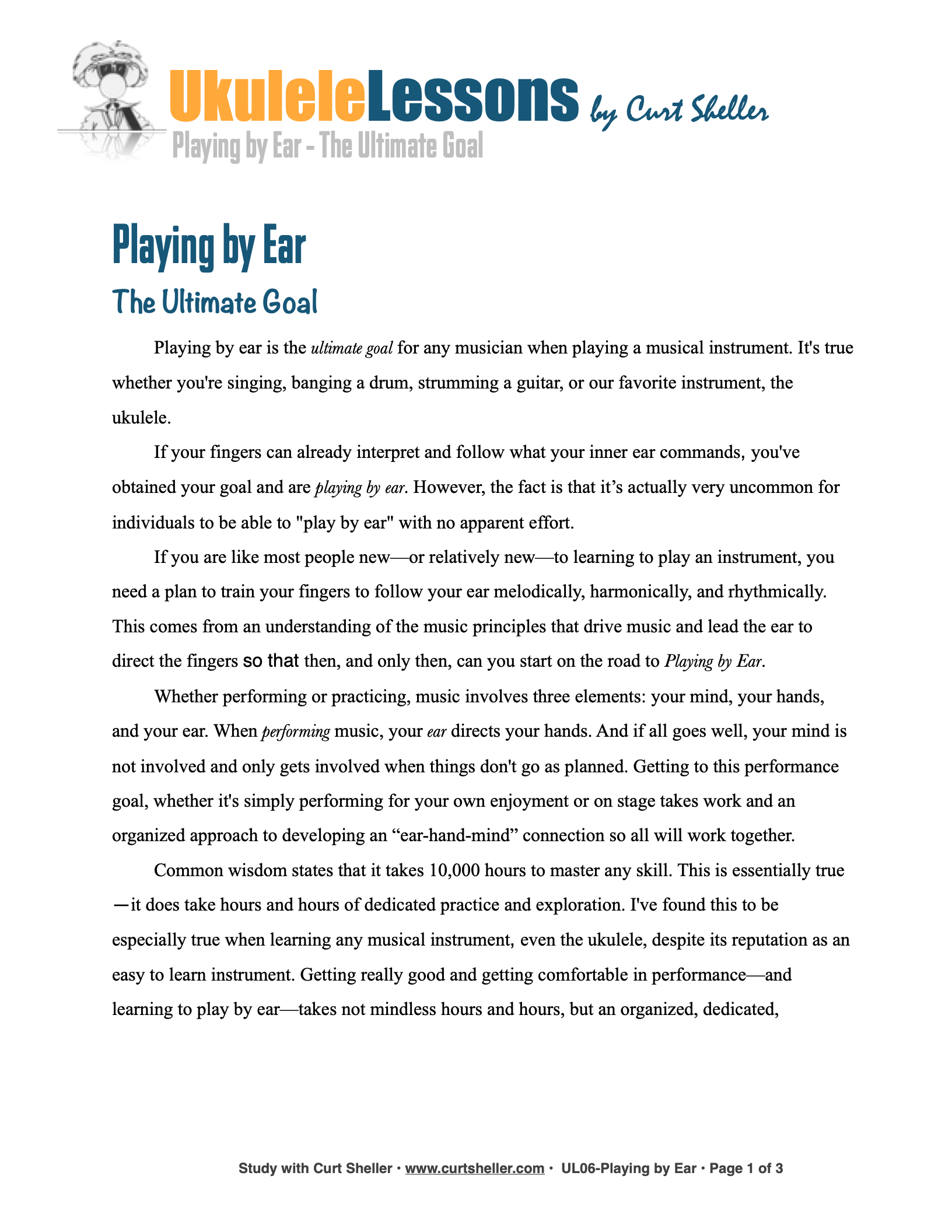
The ultimate goal for any musician when playing a musical instrument is to "Play by Ear". It’s true whether you’re singing, banging a drum, strumming a guitar, or our favorite instrument, the ukulele. If your fingers can already interpret and follow what your inner ear commands, you’ve obtained your goal and are "Playing by Ear."

"Modular Phonetic Rhythm" by Chuck Anderson represents a significant advance in the teaching and application of rhythm. Eliminating many inefficient aspects of rhythm education, Modular Phonetic Rhythm streamlines the traditional educational approach, resulting in a reflexive reaction to rhythm. This approach is applicable to all ages and to all styles of music.

Traditionally, a tetrachord is a series of four tones filling in the interval of a perfect fourth. In modern usage a tetrachord is any four-note segment of a scale or tone row including the augmented fourth (+4). The term tetrachord derives from ancient Greek music theory, it literally means four strings.

Learning the names of the notes on the fingerboard is indeed a crucial skill for any musician, especially those who play stringed instruments like the guitar, violin, or cello. Having a solid understanding of the notes on the fingerboard can significantly enhance your playing, improvisation, and overall musicality. Here's a step-by-step approach you can follow to learn the fingerboard:

In the realm of music, there are certain aspects that students and players often tend to avoid. These include skills such as learning to read music and familiarizing themselves with the notes on their instrument. While these tasks may seem challenging, particularly on the fretted string instruments, they are comparatively easier on the ukulele. With the appropriate guidance and a well-defined plan, mastering these skills can be a smooth and achievable process.

Reading can be thought of on many different levels. 1) the ability to slowly and painfully work out the written music. 2) the ability to hear the music by looking at the notation. 3) the ability to notate your ideas in standard music notation. 4) the ability to read music as you read a book or an article. 5) the ability to communicate with other musicians in the written language of music. 6) the ability to learn songs that you have never heard.

QuickStart Scale and Arpeggio Fingering Series are a concise, well-organized series of books and lessons ideal for any ukulele, guitar or fretted string player beginning to explore scales and arpeggios. Unlike so many other instruction books on the market, QuickStart Scale and Arpeggio Fingering Series keeps a sharp focus on the six critical scales, their fingerings and their related chords. All material is covered in every key.
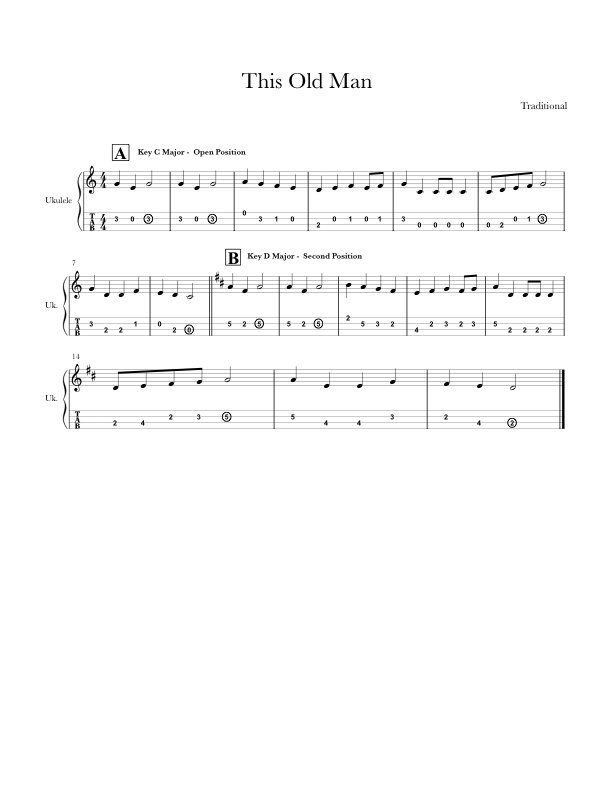
This Old Man is an English language children's song, counting and nursery rhyme Presented here in two keys. The key of C Major in the open position and the key of D Major in position II. This is a simple melody that can be used as a reference fingering and position with the Playing by Ear series of lessons.
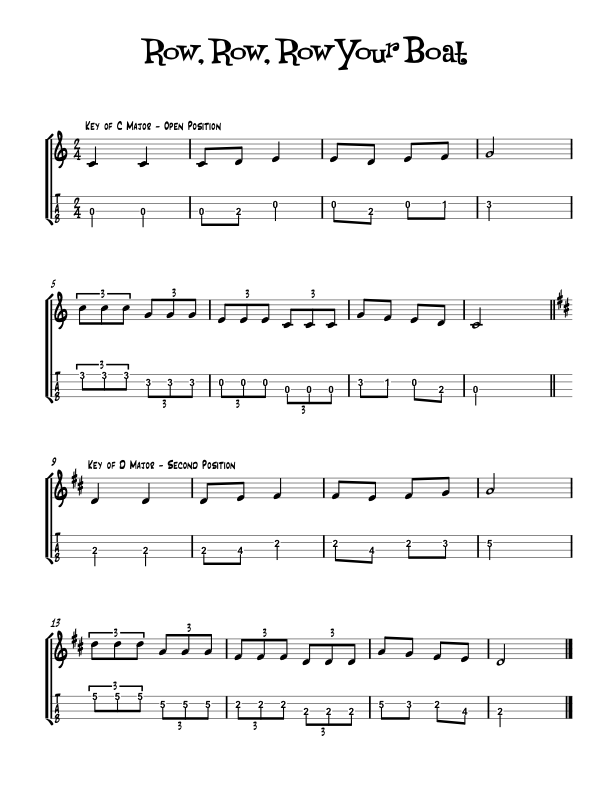
Row, Row, Row Your Boat is an English language nursery rhyme, and a popular childrens song, often sung as a round. Presented here in two keys. The key of C Major in the open position and the key of D Major in position II. This is a simple melody that can be used as a reference fingering and position with the Playing by Ear series of lessons.

Presented here in two keys. The key of C Major in the open position and the key of D Major in position II. This is a simple melody that can be used as a reference fingering and position with the Playing by Ear series of lessons. London Bridge Is Falling Down (also known as My Fair Lady or simply London Bridge) is a traditional nursery rhyme and singing game, which is found in different versions all over the world. It deals with the depredations of London Bridge and attempts, realistic or fanciful, to repair it.
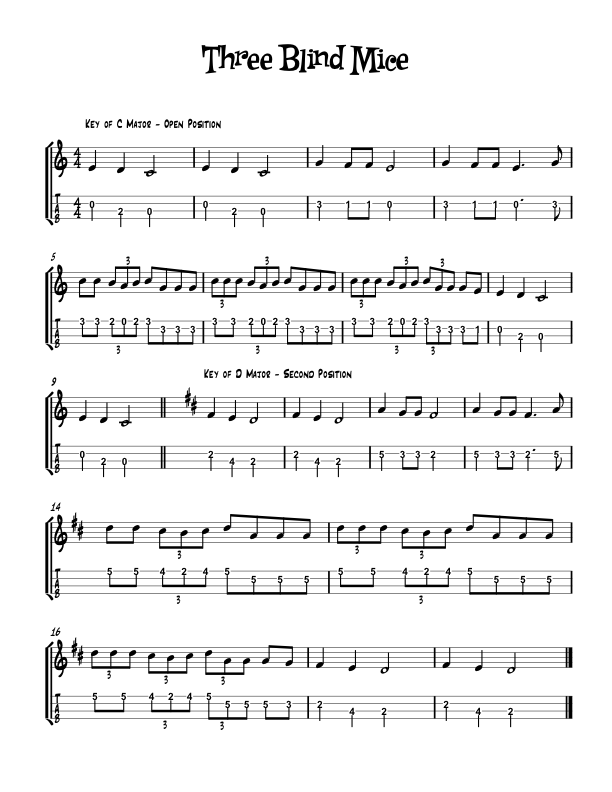
Three Blind Mice is an English nursery rhyme and musical round. Presented here in two keys. The key of C Major in the open position and the key of D Major in position II. This is a simple melody that can be used as a reference fingering and position with the Playing by Ear series of lessons.
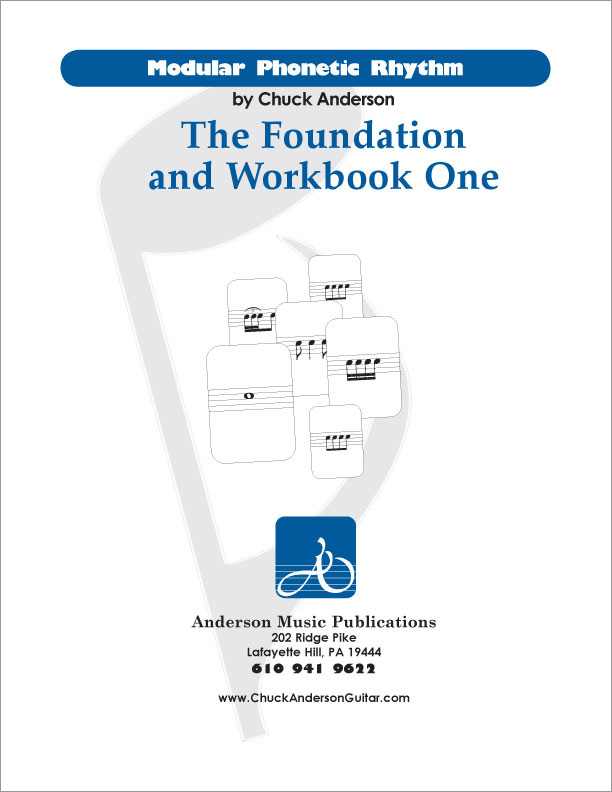
Modular Phonetic Rhythm represents a significant advance in the teaching and application of rhythm. Eliminating many inefficient aspects of rhythm education, Modular Phonetic Rhythm streamlines the traditional educational approach, resulting in a reflexive reaction to rhythm.
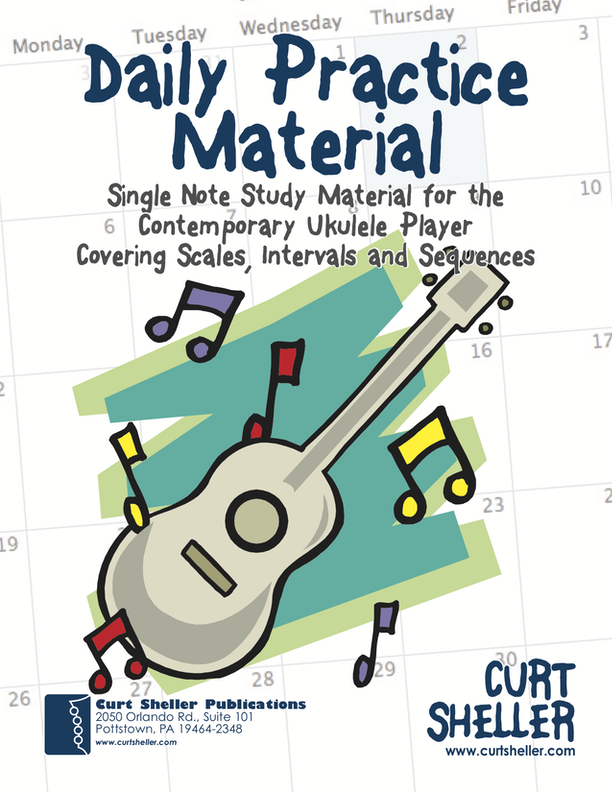
Daily Practice Material for the Contemporary Ukulele Player is an organized collection of daily practice and reference material for the contemporary ukulele player. This material can be used to develop the vocabulary and knowledge necessary for single note playing.
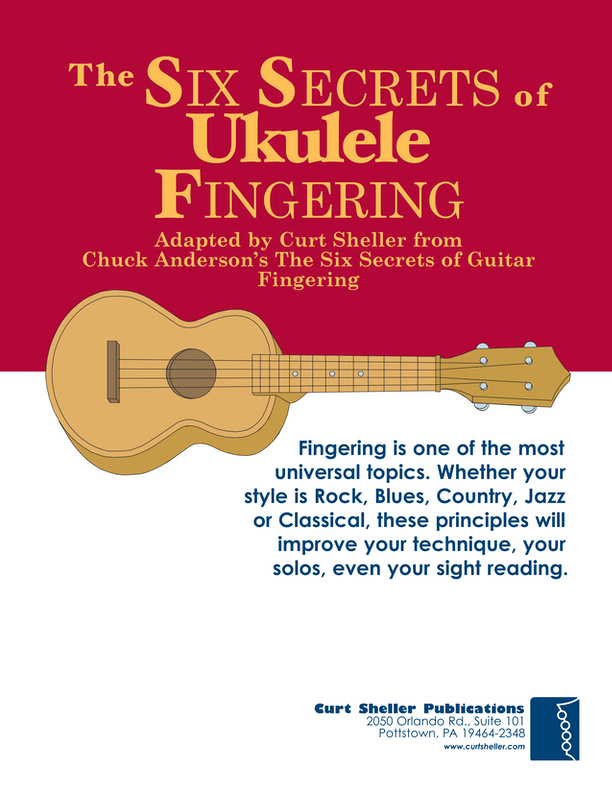
Learn the six fingering principles to navigating the ukulele fingerboard. Fingering is one of the most universal topics. Whether your style is Rock, Blues, Country, Jazz or Classical, these principles will improve your technique, your solos, even your sight reading. Think of fingering as a series of pathways. When you learn to connect these pathways, there are benefits not only to technique but also to creativity.
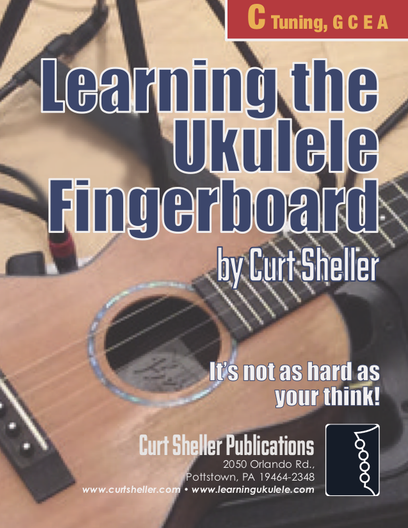
Finally, learn the names of the notes of the fingerboard. Learning the notes of your instrument allows you the flexibility of not having to remember so many shapes. There are simply way too many chords, scale and notes patterns, and shapes to remember. It all comes down the notes.
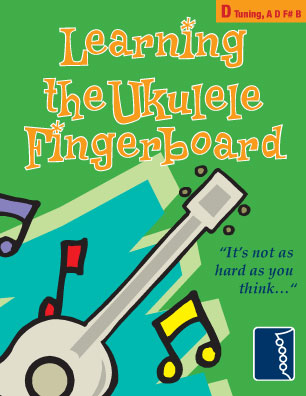
If your goal is to finally learn the names of the notes on the ukulele fingerboard. Then Learning the Ukulele Fingerboard - D Tuning is your answer. Learning the Ukulele Fingerboard - D Tuning, has a step by step approach to finally mastering the ukulele fingerboard.
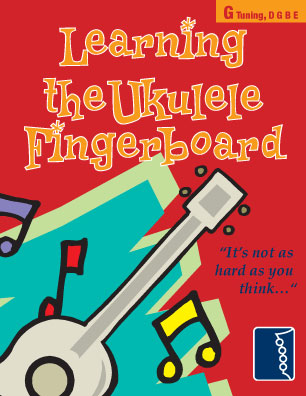
If your goal is to finally learn the names of the notes on the ukulele fingerboard. Then Learning the Ukulele Fingerboard - G Tuning is your answer. Learning the Ukulele Fingerboard - G Tuning, has a step by step approach to finally mastering the ukulele fingerboard.

Finally, learn the names of the notes of the ukulele fingerboard in C tuning .

Learn the six fingering principles to navigating the ukulele fingerboard. Fingering is one of the most universal topics. Book: Six Secrets of the Ukulele Fingering
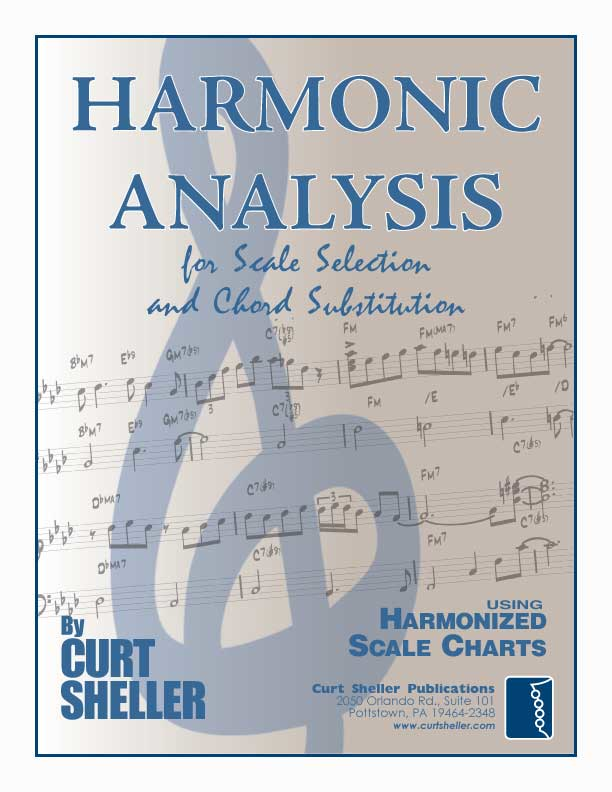
Harmonic Analysis is the understanding of the functional sequence of chords. It is the process used to analyze the harmonic structure of a progression, song or composition. Book: Harmonic Analysis for Scale Selection and Chord Substitution
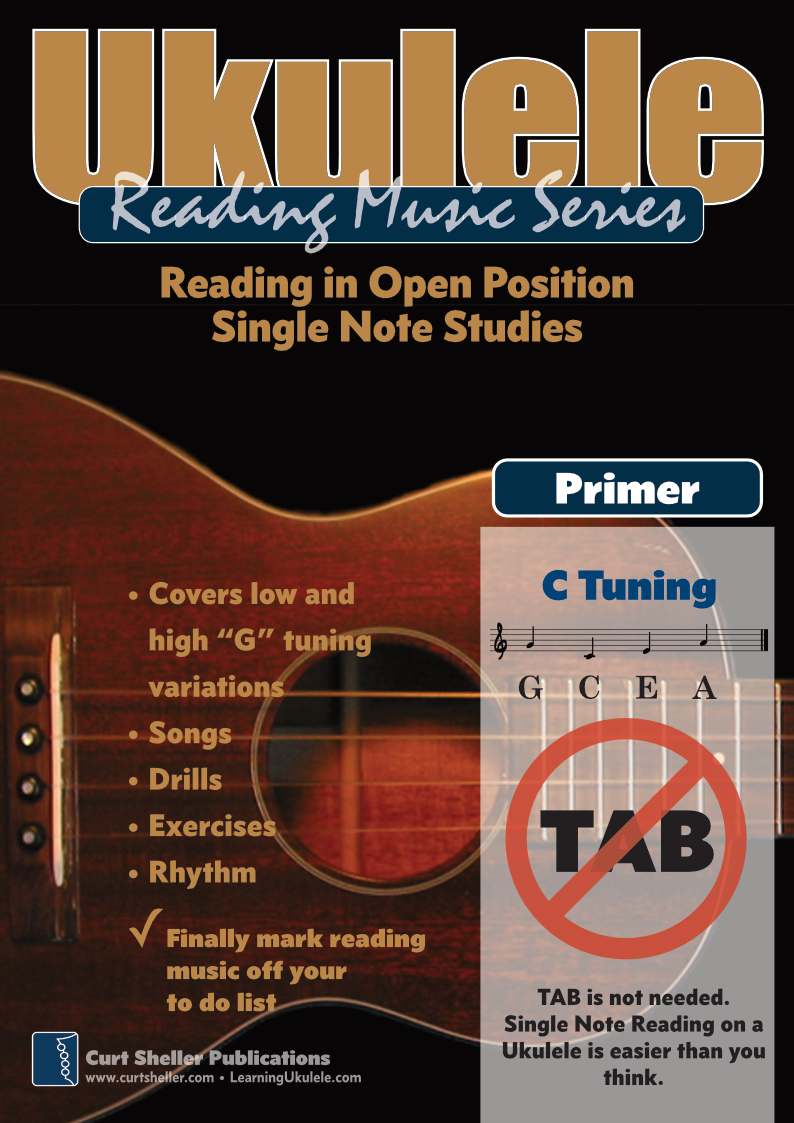
Learn to read single note melodies in the first/open position is a lot easier than you might think. Book: Ukulele – Reading Music Series – Primer

An organized collection of daily practice and reference material for the contemporary ukulele player for developing the vocabulary and knowledge necessary for single note playing. Book: Daily Practice Material for the Contemporary Ukulele
Checkout the Books & Reference Charts for additional Handy, Dandy Reference Charts.
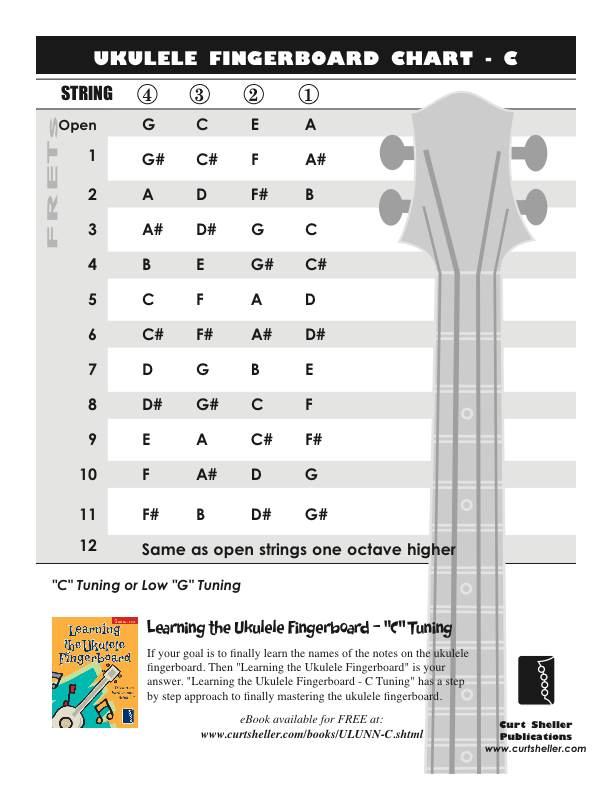
Ukulele Fingerboard Chart for C Tuning, Low or High G – G C E A
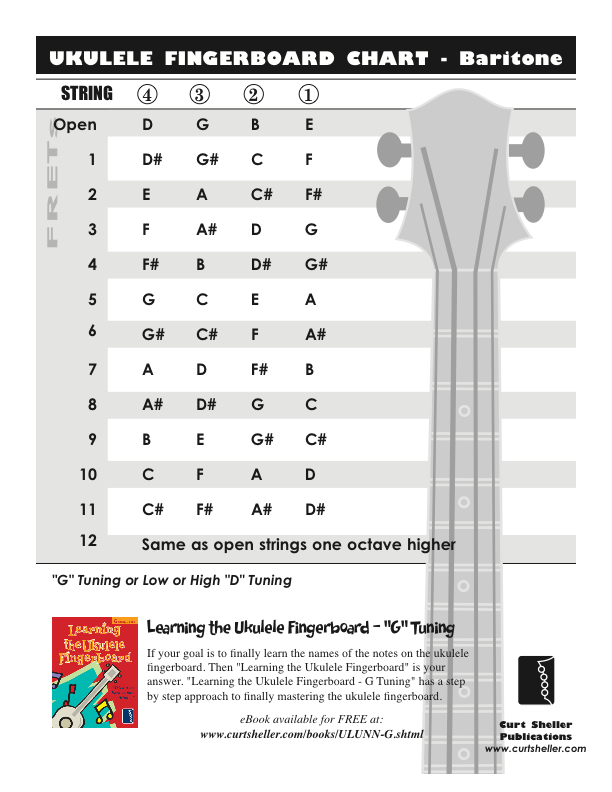
Ukulele Fingerboard Chart for G Tuning, Low or High A – D G B E

A handy reference chart of all 15 major and relative minor key signatures. US Letter 8.5 x 11 sized (ANSI-A), A4
Checkout the Books & Reference Charts for additional Handy, Dandy Reference Charts.

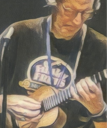


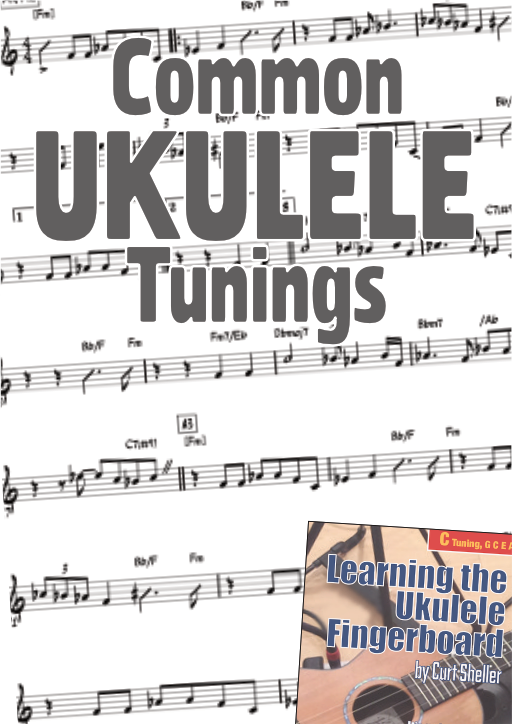
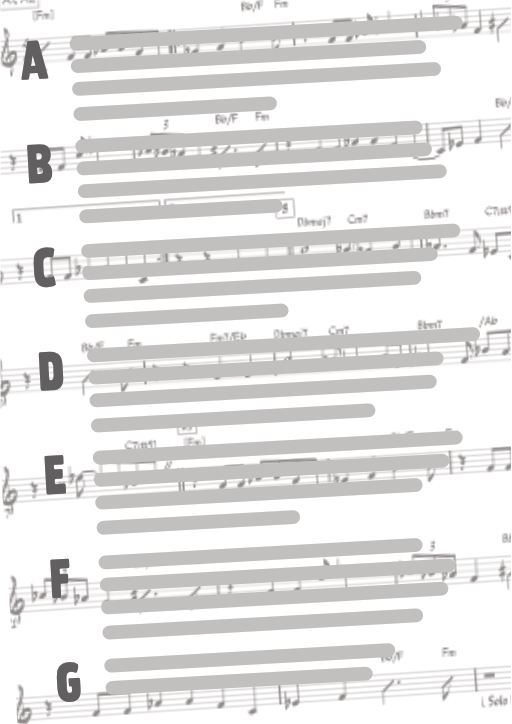
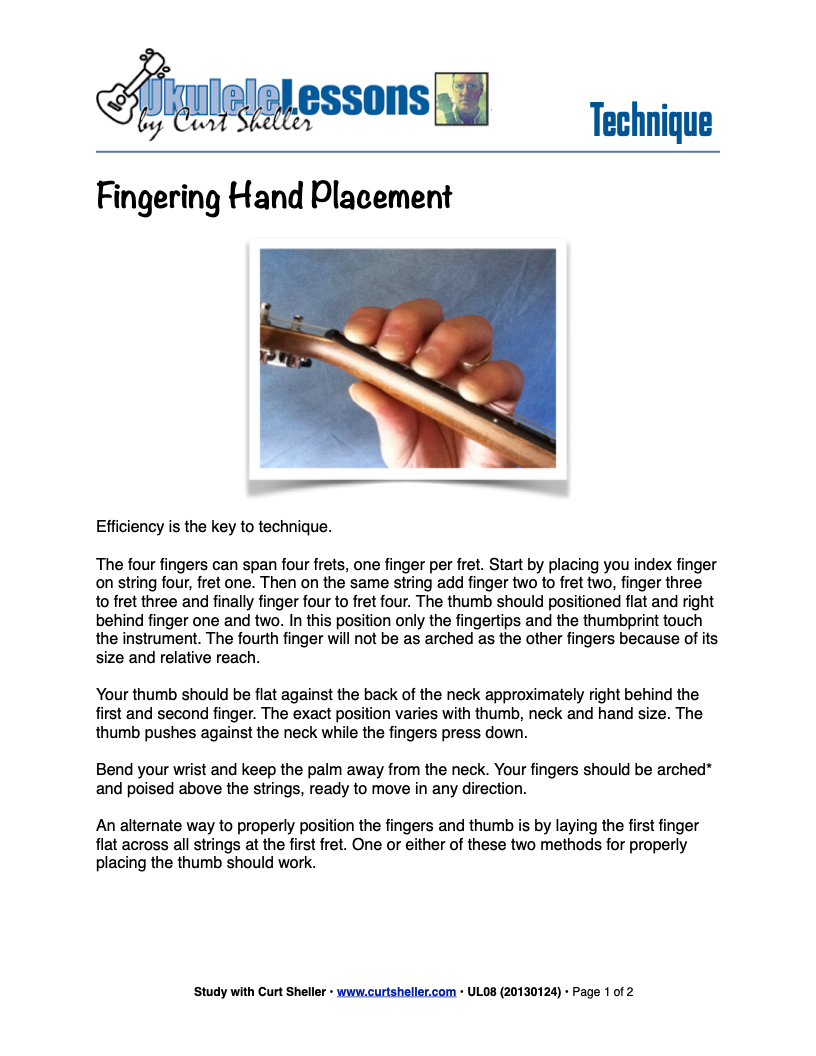

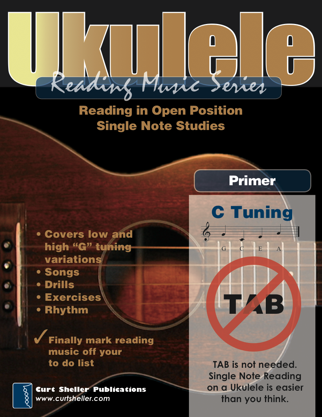


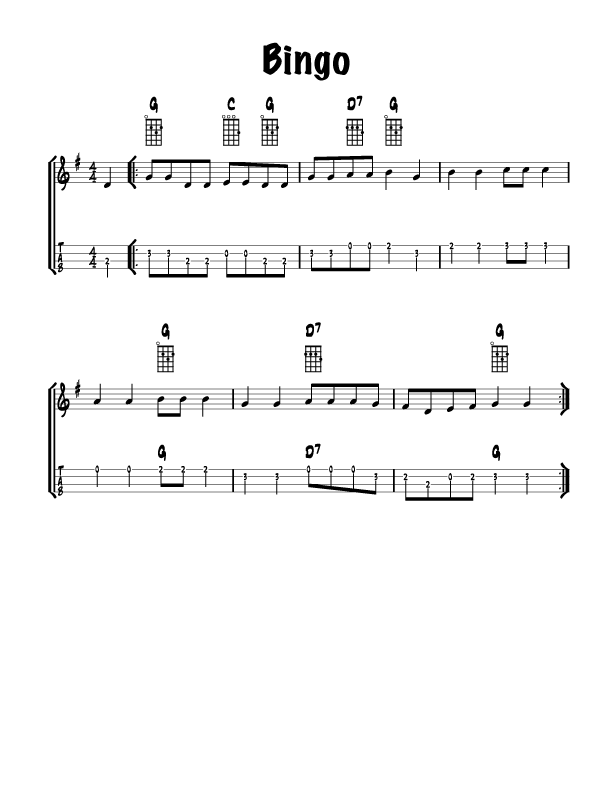
.jpg)